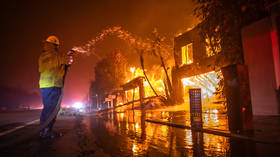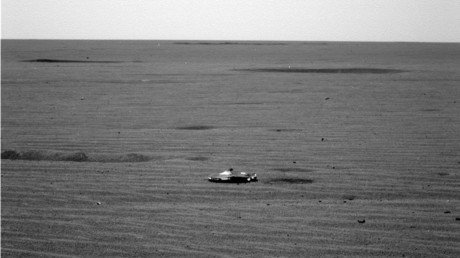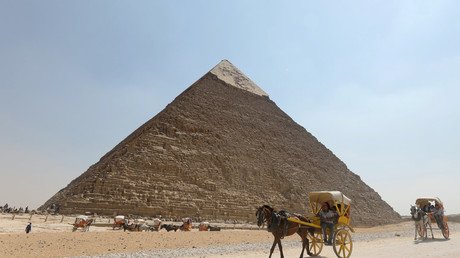Are there UV-munching bugs thriving in Venus atmosphere? Russian-US joint mission will find out
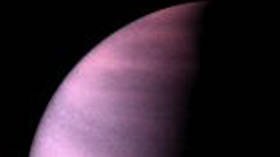
Russia, the country with the most extensive record of exploring Venus, is planning a comeback in collaboration with the US. The most exciting outcome would be finding life high in the clouds of its super dense atmosphere.
Between Earth's two neighbors Mars has been receiving most scientific attention, partially because it's the better candidate for future manned expeditions and colonization. Venus with its hostile conditions on the surface was given the cold shower with only two non-flyby missions – ESA's Venus Express and JAXA's Akatsuki launched since the turn of the century.
Yet Venus may be better than Mars in answering one key question: whether life is exclusive to Earth. Russia, which has the distinction of being the world's most dedicated explorer of the planet thanks to Soviet Venera and Vega programs, plans to try and find the answer sometime around 2030.
"Life in Venus clouds will be exciting thing to look for. So far, there is no evidence that says it cannot be there. And it will be one of the goals of the mission," said Lyudmila Zasova of Russia's Space Research Institute.
Also on rt.com ‘Hellish hot-house’ Venus could have been habitable before major surface devastation – new researchZasova is part of the team behind the "Venus D" mission, which would be the first one to land on the surface of the planet since the twin Vega landers in 1984. The future mission is to reuse the highly-successful lander design, but plans to improve on the longevity of its scientific payload.
The instruments and radio transmitter are expected to survive for at least two hours after the touchdown, which may seem ridiculously short compared to the years that rovers like Curiosity operate on Mars. The difference is that Venus is really unhospitable: with surface temperatures reaching over 460 degrees centigrade, pressure over 90 times higher than on Earth and sulfuric acid rather than water forming its thick clouds.
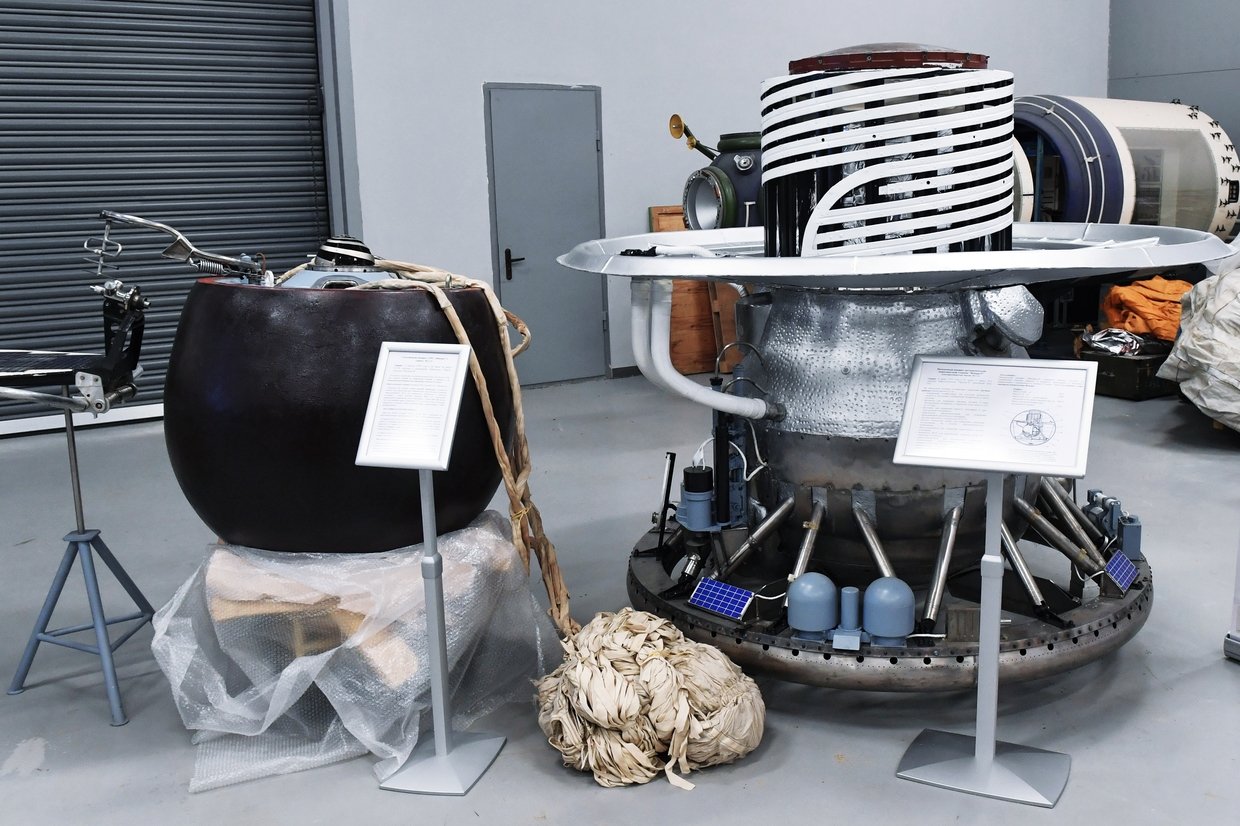
The conditions are obviously not suitable for life as we know it, but this may not be the case for higher altitudes where water stays liquid and there are basic compounds necessary for some form of metabolism. Bacteria are known to live in Earth's clouds, so nothing prevents a similar situation over Venus. In fact, bacteria absorbing ultraviolet radiation for energy have been long proposed as a possible "unknown UV absorber" – a phenomenon observed as dark patches in ultraviolet images of the planet.
An altitude-controlled balloon, that NASA is expected to provide for the mission, would help collect atmospheric data to test that theory. The American side will be also responsible for a highly durable miniature probe that will be delivered on the surface by the lander and expected to last an astounding 60 days, recoding data and relaying it to an orbiter.
"This station is small, just about 10kg, but it will provide continuous data on things like wind speed and directionality, temperature or luminosity at the landing site," Zasova told RT.
Depending on funding and payload restrictions the mission may include even longer lasting seismic sensors and mini satellites for additional atmospheric study.
Also on rt.com Magic moments: Jupiter, Saturn and Moon to align this weekend in nighttime spectacularThe mission may be a breakthrough for exploration of Earth's hot sister planet because the instruments that can be created today would be significantly superior to those that were available in the 1960s or even the 1980s, when the bulk of Venus missions.
And even if no signs of life past or present are discovered there, the mission would be invaluable for comparative climate study. Venus has approximately the same amount of carbon that Earth does, but it was never trapped in solid forms. The atmosphere of the planet is over 96 percent carbon dioxide, and the strong greenhouse effect trapping heat is the reason why Venus is so hot. A planet facing its own overheating problems may urgently need to learn how Venus ended up that way.
If you like this story, share it with a friend!









